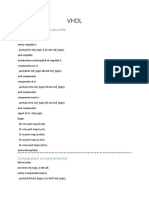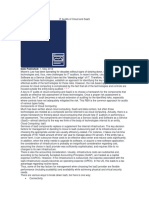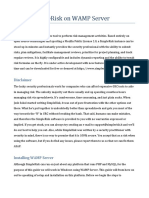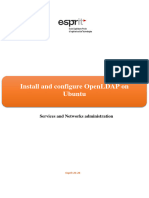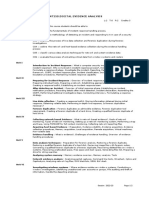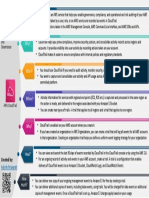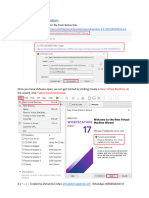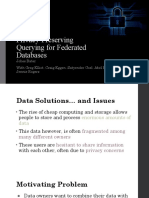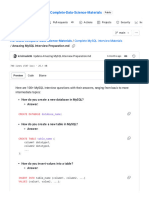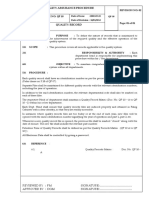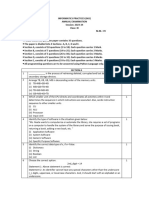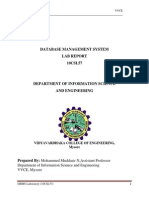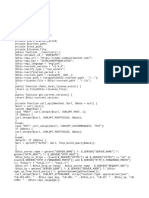0% found this document useful (0 votes)
41 views13 pagesData Backup Presentation
The document outlines standards for data backup management in Malawi's public service, emphasizing the importance of a structured backup plan to prevent data loss. It details the components of backup schedules, types of backups, storage methods, and responsibilities of involved parties. Additionally, it highlights the need for quality assurance, data restoration processes, and archiving protocols with the Department of National Archives.
Uploaded by
nyangaumodzi matholeCopyright
© © All Rights Reserved
We take content rights seriously. If you suspect this is your content, claim it here.
Available Formats
Download as PPTX, PDF, TXT or read online on Scribd
0% found this document useful (0 votes)
41 views13 pagesData Backup Presentation
The document outlines standards for data backup management in Malawi's public service, emphasizing the importance of a structured backup plan to prevent data loss. It details the components of backup schedules, types of backups, storage methods, and responsibilities of involved parties. Additionally, it highlights the need for quality assurance, data restoration processes, and archiving protocols with the Department of National Archives.
Uploaded by
nyangaumodzi matholeCopyright
© © All Rights Reserved
We take content rights seriously. If you suspect this is your content, claim it here.
Available Formats
Download as PPTX, PDF, TXT or read online on Scribd
/ 13
